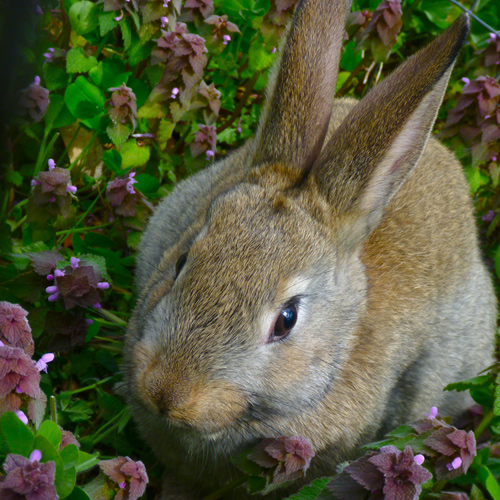November 1, 2021
Transcript Available
Featuring: Steve Torma, Debbie Lienhart, Carmen Lescher
Synopsis
In rotational grazing livestock are moved to portions of the pasture, called paddocks, while the other portions rest.
Herd health benefits arise from animals having access to both space and fresh air. Freedom of movement within a paddock results in increased physical fitness, which limits the potential for injuries and abrasion, and sometimes depending on the system reduces the potential of exposure to high levels of harmful disease-causing microorganisms and insects.
In a concentrated animal feeding operation it is normal for a large number of animals to continuously occupy a small area. By comparison, with managed grazing, the animals are able to live in a more natural environment. The animals experience less disease and fewer foot ailments, depending on the rotational system being used.
Enjoy the podcast, and please consider a donation to support our work.


Lee Warren
Faculty and SOIL Co-Founder
Lee is a sustainability professional with twenty five years of experience envisioning, designing, and living innovative solutions to organic food systems, intentional community, and sustainability education. She’s been living in rural, land-based community since 1995 and at Earthaven Ecovillage since 2000.
Podcast Transcript
In agriculture, cover crops are plants that are planted to cover the soil rather than for the purpose of being harvested. Cover crops manage soil erosion, soil fertility, soil quality, water, weeds, pests, diseases, biodiversity and wildlife in an agroecosystem—an ecological system managed and shaped by humans. Cover crops may be an off-season crop planted after harvesting the cash crop. They may grow over winter.
One of the primary uses of cover crops is to increase soil fertility. These types of cover crops are referred to as “green manure.” They are used to manage a range of soil macronutrients and micronutrients. Of the various nutrients, the impact that cover crops have on nitrogen management has received the most attention from researchers and farmers, because nitrogen is often the most limiting nutrient in crop production.
Often, green manure crops are grown for a specific period, and then plowed under before reaching full maturity in order to improve soil fertility and quality. Also the stalks left block the soil from being eroded.
Green manure crops are commonly leguminous, meaning they are part of the pea family, Fabaceae. This family is unique in that all of the species in it set pods, such as bean, lentil, lupins and alfalfa. Leguminous cover crops are typically high in nitrogen and can often provide the required quantity of nitrogen for crop production. In conventional farming, this nitrogen is typically applied in chemical fertilizer form. This quality of cover crops is called fertilizer replacement value.
Another quality unique to leguminous cover crops is that they form symbiotic relationships with the rhizobial bacteria that reside in legume root nodules. Lupins is nodulated by the soil microorganism Bradyrhizobium sp. (Lupinus). Bradyrhizobia are encountered as microsymbionts in other leguminous crops (Argyrolobium, Lotus, Ornithopus, Acacia, Lupinus) of Mediterranean origin. These bacteria convert biologically unavailable atmospheric nitrogen gas (N2) to biologically available ammonium (NH+4) through the process of biological nitrogen fixation.
An example of this lies in the Mississippi Valley Basin, where years of fertilizer nitrogen loading into the watershed from agricultural production have resulted in an annual summer hypoxic “dead zone” off the Gulf of Mexico that reached an area of over 22,000 kilometers in 2017.
As well as bringing nitrogen into agroecosystems through biological nitrogen fixation, types of cover crops known as “catch crops” are used to retain and recycle soil nitrogen already present. The catch crops take up surplus nitrogen remaining from fertilization of the previous crop, preventing it from being lost through leaching,
Catch crops are typically fast-growing annual cereal species adapted to scavenge available nitrogen efficiently from the soil. The nitrogen tied up in catch crop biomass is released back into the soil once the catch crop is incorporated as a green manure or otherwise begins to decompose.
An example of green manure use comes from Nigeria, where the cover crop Mucuna pruriens (velvet bean) has been found to increase the availability of phosphorus in soil after a farmer applies rock phosphate.
Cover crops can also improve soil quality by increasing soil organic matter levels through the input of cover crop biomass over time. Increased soil organic matter enhances soil structure, as well as the water and nutrient holding and buffering capacity of soil.
Please Support the Podcast
We greatly appreciate your support of the Integrated Living Podcast. School of Integrated Living is the educational arm of Culture's Edge, a 501(c)3 non-profit organization. As such, your donation may be tax deductible. You will receive an email receipt for your tax records.
